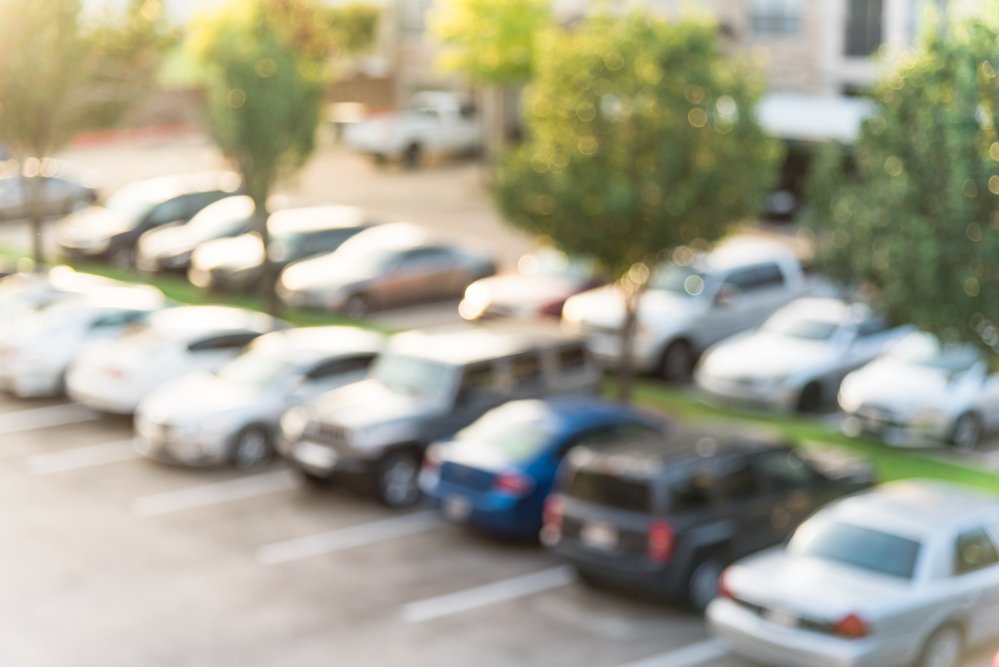There are times in life when you find you may not be driving as much. The pandemic over the past couple of years is the first example that comes to mind, but it's certainly not the only reason. Travel, illness or other situations may sideline your vehicle short-term as well. Parking your car even short-term for a few weeks can pose some potential problems for your vehicle. The best way to prevent many of them is to drive your car for at least 20 minutes once a week if you can - and some of that on the highway where you can drive at least 50 mph. Here are some other tips that can help prevent some issues from parking short-term.
Tires
What you want to watch out for here is something called "flat-spotting". Cars are heavy. When they sit in the same place too long, the weight of the vehicle can flatten out a portion of the rubber on a tire. This can ruin tires and cause a rough, unsafe ride. It can be temporary in many cases or sometimes permanent. Low tire pressure can contribute to the issue as can temperatures. To help prevent this, make sure your tires are the correct pressure and not underinflated. Look for the correct pressure on the doorsill of your driver's side door - or in your owner's manual - many of which are online these days. The American Automobile Association advises car owners to add 10 psi of pressure to each tire to help prevent flat spots from developing. (Make sure you return your tires to their regular correct pressure when you resume regular driving. ) Also, never exceed the maximum recommended cold inflation pressure for your tires.
Brake and Parking Brake
You can run into issues with your brakes as well. If they go unused for too long, they could develop rust on their rotors. You might want to think twice as well about using the parking brake if your vehicle isn't going anywhere for a few weeks. If it sits too long the brake pads could bind to the rotors. (Of course, if you aren't using your parking brake make sure you are parked on a flat surface, we don't want any rollaways.) AAA offers this tip: With an automatic transmission, simply place the vehicle in park. If the car has a manual transmission, put it in first or reverse gear and use wheel chocks to help hold the vehicle in place.
Battery
Batteries have a way of telling us they're not happy sitting still for too long, as well. They lose their charge over time if they go unused. This could leave you with a dead battery on your hands requiring a jump-start. A short weekly drive lasting at least twenty minutes and going highway speeds over 50 mph can prevent this. If it's going to sit for a long time, AAA also suggests using a Battery Tender or other maintenance-type battery charger to keep the battery at a full state of charge and prevent deterioration. It should remain connected to the stored vehicle. Another option is to disconnect the battery entirely.
Exterior
If you've parked inside a garage, you're in good shape here. But if not, well, your car's exterior is likely to suffer from environmental factors and that includes pollen. It can actually damage car paint over time (it has a high acidity that can erode paint). Yikes! The sooner you wash it off using soap and water or run through a car wash, the better.

Tree sap and bird droppings are also not your vehicle's friend. So if you can, park your car in the garage or use a weatherproof car cover. If you use spot cleaners make sure to use a soft cloth. When it comes to waxing your vehicle, it can help protect your car's finish against various environmental factors, just don't wax your vehicle in the middle of a pollen storm. You don't want to rub pollen into your vehicle's finish. Ideally, you would do this before parking it for a while. Here are our DIY waxing tips. Car Pro Show host Jerry Reynolds recommends Meguair's products.
Fuel
Short-term, fuel sitting in the tank isn't a huge deal. But if we're talking long-term, AAA recommends adding a fuel stabilizer treatment that will help keep the gasoline, especially gas that contains ethanol, from deteriorating over time. Fill the gas tank until it's almost full to help minimize condensation. After adding the stabilizer (following directions), drive the car for five to ten miles to ensure that the stabilized fuel circulates throughout the fuel system.
Fluids
Don't worry too much about fluids over the span of a month or so. If this turns into a long-term or storage situation, it's more of a concern.
Drive It
Again, just hopping in your car and driving it once a week for at least 20 minutes will work wonders in keeping your vehicle in good shape until you can start using it regularly again.


